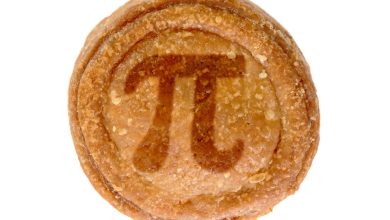
Python is a versatile and powerful programming language that is widely used in various fields such as data science, machine learning, web development, and automation. One of the key features of Python is its built-in functions that provide efficient ways to manipulate data. One such function is the map function, which allows you to apply a function to every item in an iterable object, such as a list or a tuple.
The map function in Python takes two arguments: a function and an iterable object. It then applies the function to each item in the iterable object and returns a new iterable with the results. This can be particularly useful when you want to perform the same operation on every item in a list or when you want to transform the items in a list into a different format.
In this tutorial, we will unlock the secrets of the Python map function by walking you through a step-by-step guide on how to use it effectively.
Step 1: Define a Function
The first step in using the map function is to define a function that you want to apply to each item in the iterable object. For example, let’s say we want to create a function that squares a number:
“` python
def square(x):
return x ** 2
“`
Step 2: Create an Iterable Object
Next, you need to create an iterable object that you want to apply the function to. This can be a list, tuple, or any other iterable object. For example, let’s create a list of numbers:
“` python
numbers = [1, 2, 3, 4, 5]
“`
Step 3: Use the Map Function
Now that we have defined a function and created an iterable object, we can use the map function to apply the function to each item in the list of numbers:
“` python
squared_numbers = map(square, numbers)
“`
Step 4: Convert the Map Object to a List
The map function returns a map object, which is an iterable containing the results of applying the function to each item in the original iterable. To see the results, you can convert the map object to a list:
“` python
squared_numbers_list = list(squared_numbers)
print(squared_numbers_list)
“`
Output:
“`
[1, 4, 9, 16, 25]
“`
In this example, the map function applied the square function to each item in the list of numbers and returned a new list with the squared numbers.
You can also use lambda functions with the map function to make your code more concise. For example, you can rewrite the above example using a lambda function:
“` python
squared_numbers = map(lambda x: x ** 2, numbers)
squared_numbers_list = list(squared_numbers)
print(squared_numbers_list)
“`
Output:
“`
[1, 4, 9, 16, 25]
“`
In this tutorial, we have unlocked the secrets of the Python map function by showing you how to use it step-by-step. The map function is a powerful tool that can help you efficiently apply a function to every item in an iterable object. By mastering the map function, you can simplify your code and perform complex operations on your data with ease.






